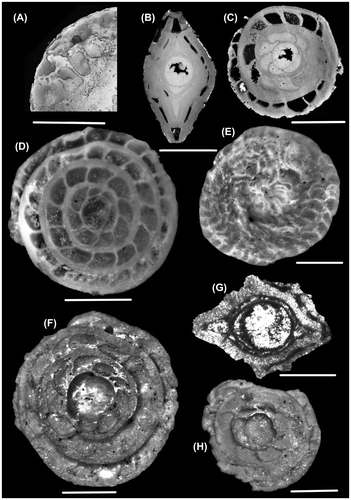Figures & data
Table 1. Reticulate species of Nummulites reported from India.
Figure 1. Locations of samples on the geological map of the study area (A), and the lithologs of the borehole (B) and outcrop sections (C).
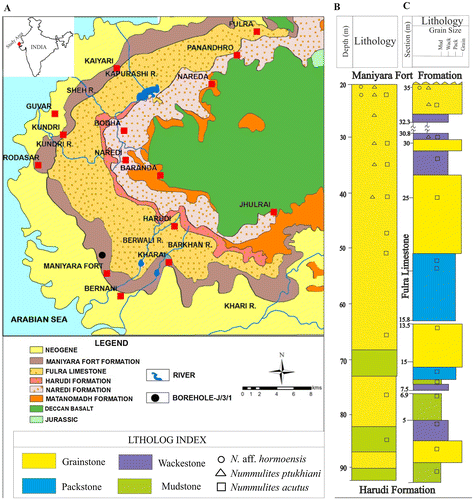
Figure 2. Schematic section of Nummulites to illustrate biometric measurements carried out in this study: P1, vertical proloculus height; P2, horizontal proloculus height; WD, distance from centre of proloculus to edge of deuteroloculus; W1, W2, W3, successive whorl radii; LL, HL, length and height of the chamber in last whorl; D, Diameter (schematic drawing of Nummulites after Drooger, Marks, & Papp, Citation1971).
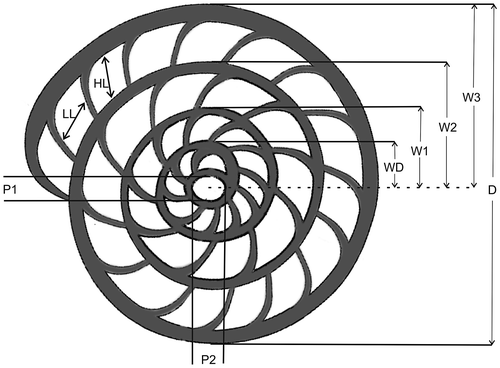
Table 2. Statistical summary of the morphometric parameters of the reticulate Nummulites, Type-1, Type-2 and N. acutus from the Bartonian section of Kutch.
Figure 3. Bivariate plots of diameter and thickness of the three species of Nummulites. The tests of Type-1 and Type-2 samples fall in the field of inflate lenticular tests and N. acutus are inflate lenticular to sub-globular.
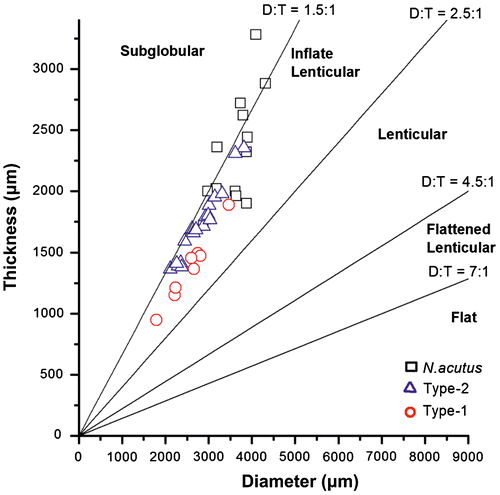
Figure 4. Bivariate plots of length and height of chambers in last whorl of the three species of Nummulites. All the samples have longer than high chambers.
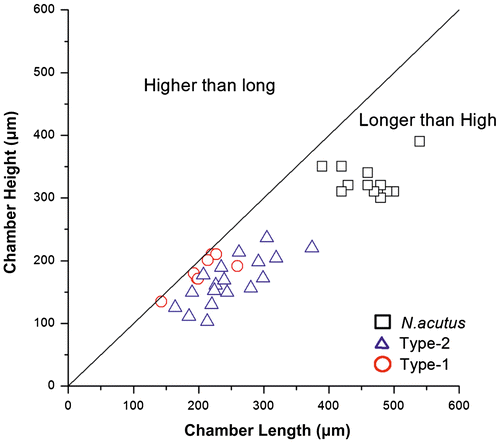
Figure 5. Cluster analysis of the biometric data of Type-1 and Type-2 Nummulites. Except for one mismatch (B10), the specimen of Type-1 and Type-2 are distinctly clustered at high similarity coefficients.
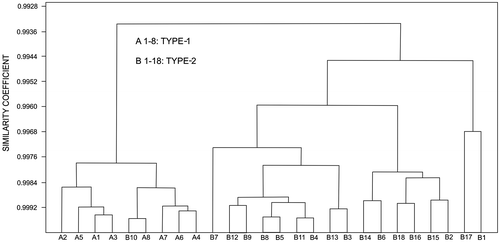
Figure 6. Cluster analysis of biometric data of Type-1, Type-2 and N. acutus. The phenogram shows that Type-1, Type-2 and N. acutus are closely clustered at high similarity coefficient, some of the specimen of N. acutus are however clustered with Type-1 and some with Type-2.
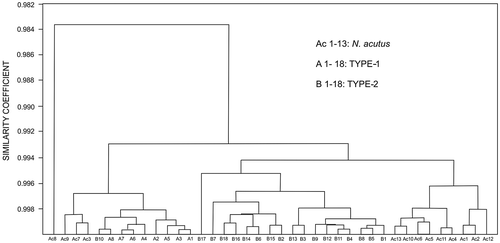
Figure 7. Spiral diagram of the three species. It shows tighter coiling in Type-1 compared with Type-2. Coiling of N. acutus falls between the two types. The sample from Tanzania (TDP 4; Cotton et al., Citation2016) falls in the broader field Type-2.
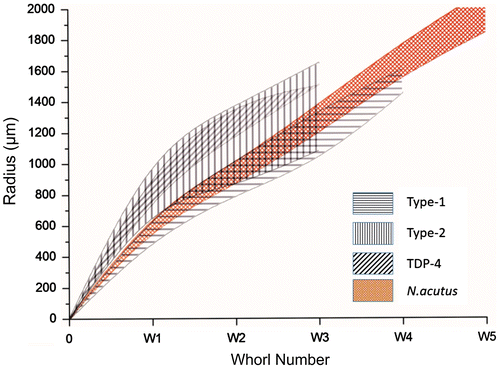
Figure 8. Cluster analysis of Type-2 and Tanzania samples suggesting close similarities of most specimens from the two regions.

Table 3. Comparison of morphometric data of Type-1 reticulate species of Kutch with N. hormoensis. The data of N. hormoensis are after Roveda (Citation1970).
Figure 9. A binary tree model of N. acutus, N. ptukhiani and N. aff. hormoensis discriminating the three taxa on the basis of height of chambers in the first whorl (HI) and diameter of the protoconch (P2).
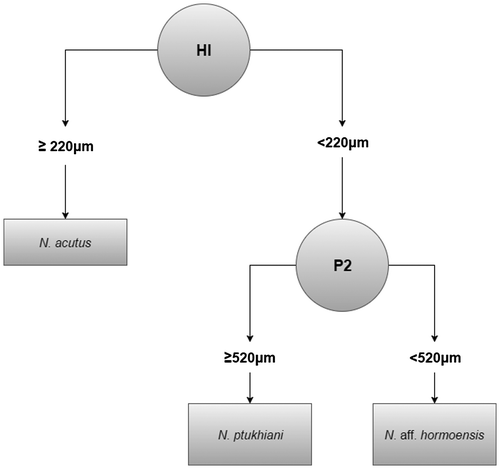
Plate 1. Photomicrographs of N. aff. hormoensis (external view: A, B, C; side view: E; equatorial section: D, F, G; axial section: I) and N. ptukhiani (external view: H). Scale bar: 1000 μm. A, B, D, E, I: borehole 21.20 m;; F,G: borehole 21.55 m; H: borehole 31.88 m depth; C: outcrop sample.
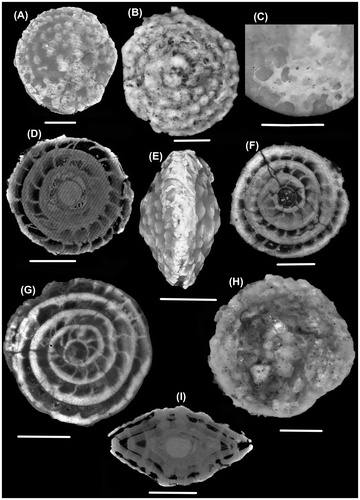
Plate 2. Photomicrographs of N. ptukhiani (external view: A; equatorial section: C, D; axial section: B, D) and N. acutus (external view: E; equatorial section: F, H; axial section: G). Scale bar: 1000 μm. A, B, C: borehole 21.55 m; D, E, F, G, H: outcrop.
